

| Home page - Minerals | Friends of Minerals Forum | Minerales.info | Search |
|
| Back to the Index of the Reference Specimens |
Photos by Fabre Minerals. Under Creative Commons license
This page provides a selection of the specimens that have passed through the Fabre Minerals website and, due to their quality,
rarity, or significance as specimens from interesting locations, have been preserved as reference specimens in #MVM
We hope that you enjoyed your visit, even if it was just to see this page!
| Adamite | |||||||||
|---|---|---|---|---|---|---|---|---|---|
|
|
||||||||
| Adamite | |||||||||
|---|---|---|---|---|---|---|---|---|---|
|
| ||||||||
| Adamite (variety manganoan) on Goethite | |||||||||
|---|---|---|---|---|---|---|---|---|---|
|
|
||||||||
| Afghanite | |||||
|---|---|---|---|---|---|
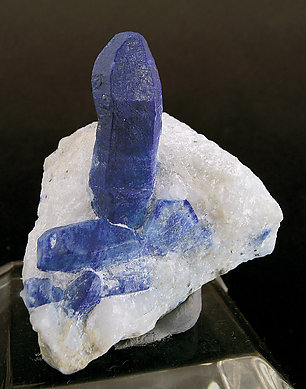 |
| ||||
| Chromium-rich Amesite with Perovskite | |||||||||
|---|---|---|---|---|---|---|---|---|---|
|
|
||||||||
| Anatase and Rutile epitaxial | |||||
|---|---|---|---|---|---|
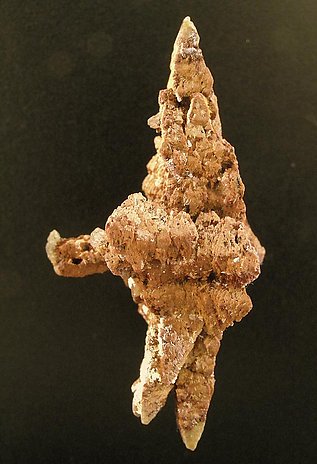 |
| ||||
| Anorthoroselite with Calcite | |||||||||
|---|---|---|---|---|---|---|---|---|---|
|
|
||||||||
| Antimony | |||||||||
|---|---|---|---|---|---|---|---|---|---|
|
| ||||||||
| Arsenopyrite | |||||
|---|---|---|---|---|---|
| 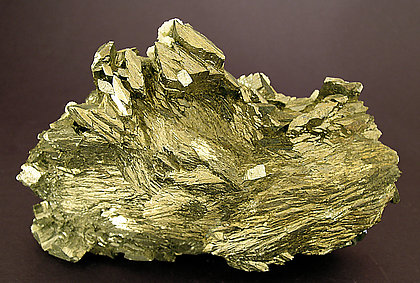 |
||||
| Aurichalcite with Calcite and Murdochite | |||||||||
|---|---|---|---|---|---|---|---|---|---|
|
| ||||||||
| Axinite-(Fe) with Calcite | |||||||||
|---|---|---|---|---|---|---|---|---|---|
|
|
||||||||
| Azurite | |||||||||
|---|---|---|---|---|---|---|---|---|---|
|
| ||||||||
| Azurite | |||||
|---|---|---|---|---|---|
| 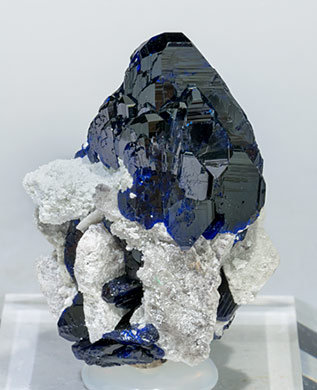 |
||||
| Azurite with Malachite | |||||||||
|---|---|---|---|---|---|---|---|---|---|
|
| ||||||||
| Azurite with Malachite | |||||
|---|---|---|---|---|---|
| 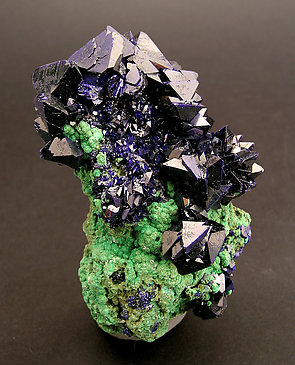 |
||||
| Azurite with Malachite and Baryte | |||||||||
|---|---|---|---|---|---|---|---|---|---|
|
| ||||||||
| Azurite with Malachite | |||||||||
|---|---|---|---|---|---|---|---|---|---|
|
|
||||||||
| Azurite with Malachite | |||||||||
|---|---|---|---|---|---|---|---|---|---|
|
| ||||||||
| Azurite | |||||||||
|---|---|---|---|---|---|---|---|---|---|
|
|
||||||||
| Azurite on Quartz | ||||||||
|---|---|---|---|---|---|---|---|---|
|
| |||||||
| Azurite with Malachite | |||||||||
|---|---|---|---|---|---|---|---|---|---|
|
|
||||||||
| Azurite on Dickite | |||||||||
|---|---|---|---|---|---|---|---|---|---|
|
| ||||||||
| Babingtonite with Prehnite | |||||||||
|---|---|---|---|---|---|---|---|---|---|
|
|
||||||||
| Babingtonite with Prehnite and Quartz | |||||||||
|---|---|---|---|---|---|---|---|---|---|
|
| ||||||||
| Babingtonite with Prehnite | |||||||||
|---|---|---|---|---|---|---|---|---|---|
|
|
||||||||
| Bastnäsite-(Ce) doubly terminated | |||||
|---|---|---|---|---|---|
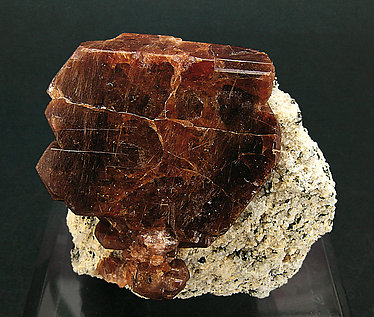 |
| ||||
| Benitoite on Natrolite | |||||||||
|---|---|---|---|---|---|---|---|---|---|
|
|
||||||||
| Beryl (variety aquamarine) with Albite | |||||||||
|---|---|---|---|---|---|---|---|---|---|
|
| ||||||||
| Beryl (variety aquamarine) with Schorl | |||||||||
|---|---|---|---|---|---|---|---|---|---|
|
|
||||||||
| Beryl (variety aquamarine) | |||||||||
|---|---|---|---|---|---|---|---|---|---|
|
| ||||||||
| Beryl (variety aquamarine) with Albite and Schorl | |||||||||
|---|---|---|---|---|---|---|---|---|---|
|
|
||||||||
| Beryl (variety aquamarine) with Muscovite | |||||||||
|---|---|---|---|---|---|---|---|---|---|
|
| ||||||||
| Beryl (variety aquamarine) with Albite and Schorl | |||||||||
|---|---|---|---|---|---|---|---|---|---|
|
|
||||||||
| Beryl (variety emerald) with Pyrite and Calcite | |||||||||
|---|---|---|---|---|---|---|---|---|---|
|
| ||||||||
| Beryl (variety emerald) on Calcite | |||||||||
|---|---|---|---|---|---|---|---|---|---|
|
|
||||||||
| Beryl (variety emerald) on Calcite | |||||||||
|---|---|---|---|---|---|---|---|---|---|
|
| ||||||||
| Beryl (variety emerald) doubly terminated | |||||||||
|---|---|---|---|---|---|---|---|---|---|
|
|
||||||||
| Beryl (variety heliodor) | |||||||||
|---|---|---|---|---|---|---|---|---|---|
|
| ||||||||
| Beryl (variety heliodor) | |||||
|---|---|---|---|---|---|
| 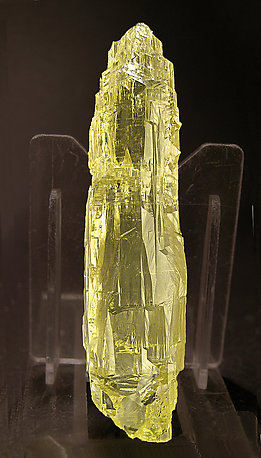 |
||||
| Beryl (variety red beryl) | |||||||||
|---|---|---|---|---|---|---|---|---|---|
|
| ||||||||
| Bismuth | |||||||||
|---|---|---|---|---|---|---|---|---|---|
|
|
||||||||
| Bismuth with Chalcopyrite | |||||||||
|---|---|---|---|---|---|---|---|---|---|
|
| ||||||||
| Bixbyite with Topaz | ||||||||
|---|---|---|---|---|---|---|---|---|
|
|
|||||||
| Boleite | |||||||||
|---|---|---|---|---|---|---|---|---|---|
|
| ||||||||
| Bornite | |||||
|---|---|---|---|---|---|
| 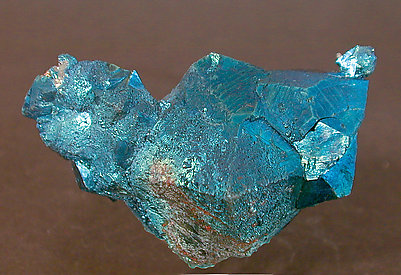 |
||||
| Brochantite with Dickite | |||||||||
|---|---|---|---|---|---|---|---|---|---|
|
| ||||||||
| Brochantite | |||||||||
|---|---|---|---|---|---|---|---|---|---|
|
|
||||||||
| Brochantite with Chrysocolla and Atacamite | |||||||||
|---|---|---|---|---|---|---|---|---|---|
|
| ||||||||
| Brookite with Albite | |||||
|---|---|---|---|---|---|
| 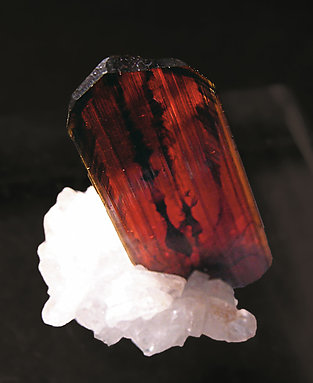 |
||||
| Brookite on Quartz with inclusions | |||||||||
|---|---|---|---|---|---|---|---|---|---|
|
| ||||||||
| Brookite with Quartz | |||||||||
|---|---|---|---|---|---|---|---|---|---|
|
|
||||||||
| Cafarsite | |||||||||
|---|---|---|---|---|---|---|---|---|---|
|
| ||||||||
| Calcite | |||||||||
|---|---|---|---|---|---|---|---|---|---|
|
|
||||||||
| Calcite with sand inclusions | |||||||||
|---|---|---|---|---|---|---|---|---|---|
|
| ||||||||
| Calcite on Dolomite | |||||
|---|---|---|---|---|---|
| 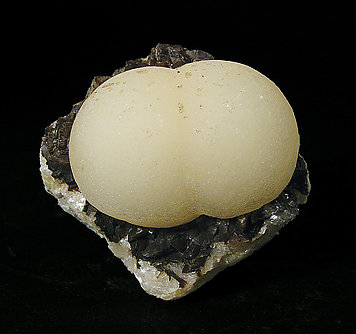 |
||||
| Calcite with Quartz, Dolomite and Chalcopyrite | |||||||||
|---|---|---|---|---|---|---|---|---|---|
|
| ||||||||
| Calcite with Sphalerite and Quartz | |||||||||
|---|---|---|---|---|---|---|---|---|---|
|
|
||||||||
| Carrollite with Calcite | |||||||||
|---|---|---|---|---|---|---|---|---|---|
|
| ||||||||
| Cassiterite doubly terminated | |||||
|---|---|---|---|---|---|
| 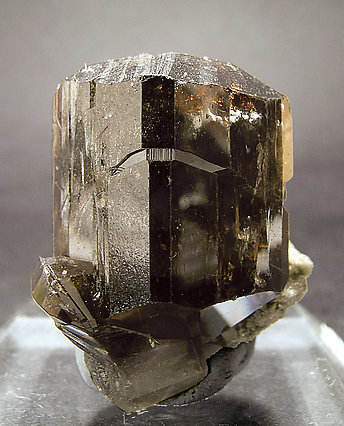 |
||||
| Cassiterite with Mica | |||||
|---|---|---|---|---|---|
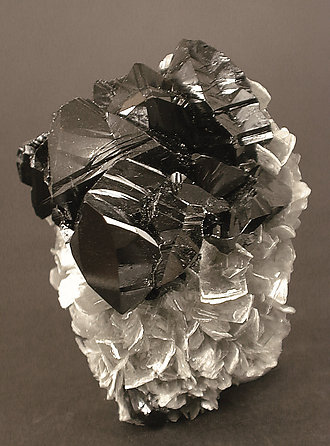 |
| ||||
| Doubly terminated Cerussite | |||||||||
|---|---|---|---|---|---|---|---|---|---|
|
|
||||||||
| Cerussite with Malachite | |||||||||
|---|---|---|---|---|---|---|---|---|---|
|
| ||||||||
| Cerussite on Quartz with Goethite inclusions | |||||||||
|---|---|---|---|---|---|---|---|---|---|
|
|
||||||||
| Chrysocolla after Baryte and with Malachite | |||||||||
|---|---|---|---|---|---|---|---|---|---|
|
| ||||||||
| Cinnabar on Dolomite | |||||||||
|---|---|---|---|---|---|---|---|---|---|
|
|
||||||||
| Clinoatacamite with Quartz | |||||||||
|---|---|---|---|---|---|---|---|---|---|
|
| ||||||||
| Clinochlore (variety kämmererite) | |||||||||
|---|---|---|---|---|---|---|---|---|---|
|
|
||||||||
| Copper with Calcite | |||||||||
|---|---|---|---|---|---|---|---|---|---|
|
| ||||||||
| Copper | |||||||||
|---|---|---|---|---|---|---|---|---|---|
|
|
||||||||
| Copper | |||||||||
|---|---|---|---|---|---|---|---|---|---|
|
| ||||||||
| Copper with Cuprite | |||||||||
|---|---|---|---|---|---|---|---|---|---|
|
|
||||||||
| Copper with Cuprite | |||||
|---|---|---|---|---|---|
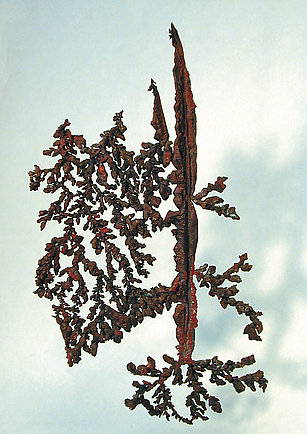 |
| ||||
| Creedite with Fluorite | |||||||||
|---|---|---|---|---|---|---|---|---|---|
|
|
||||||||
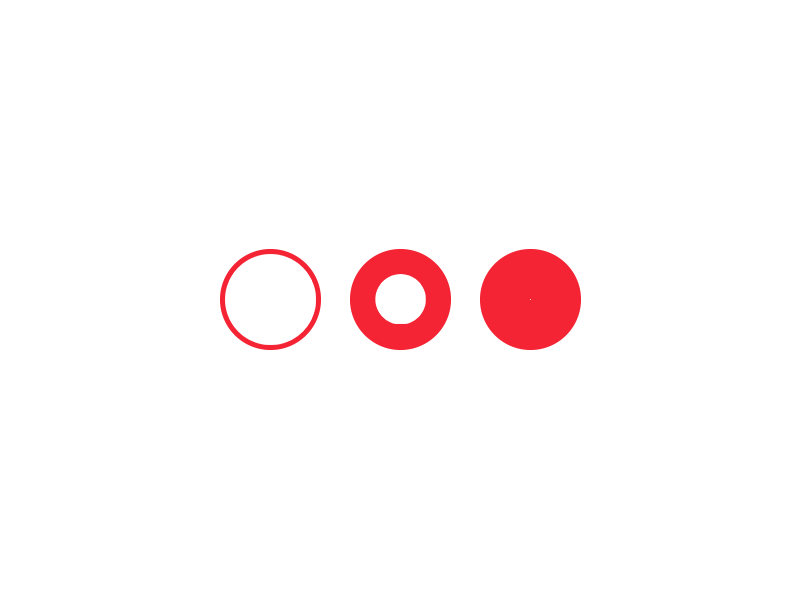
|
||||||||||||||||||||||||||||||||||||||||||||
|
||||||||||||||||||||||||||||||||||||||||||||
|
||||||||||||||||||||||||||||||||||||||||||||